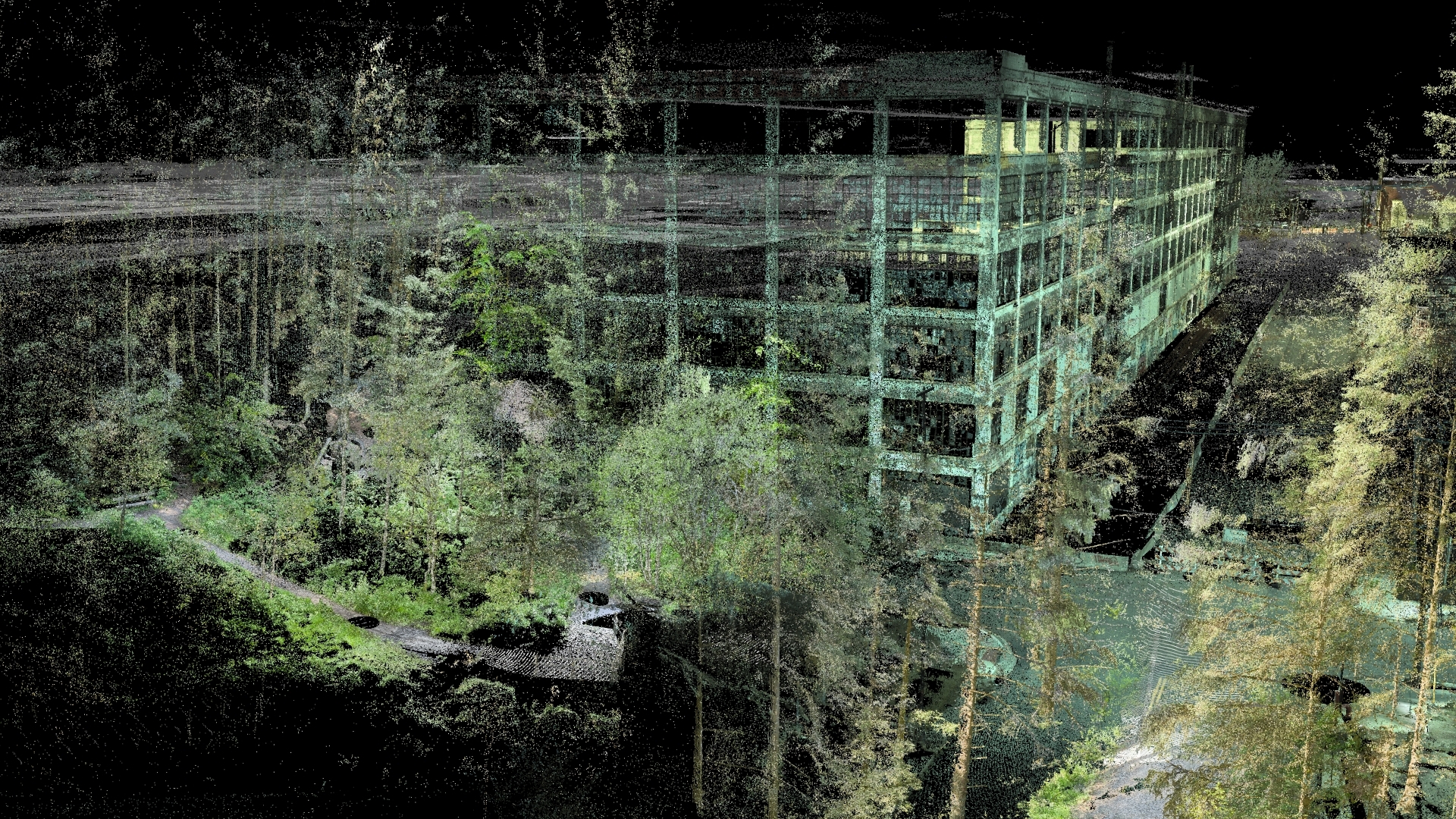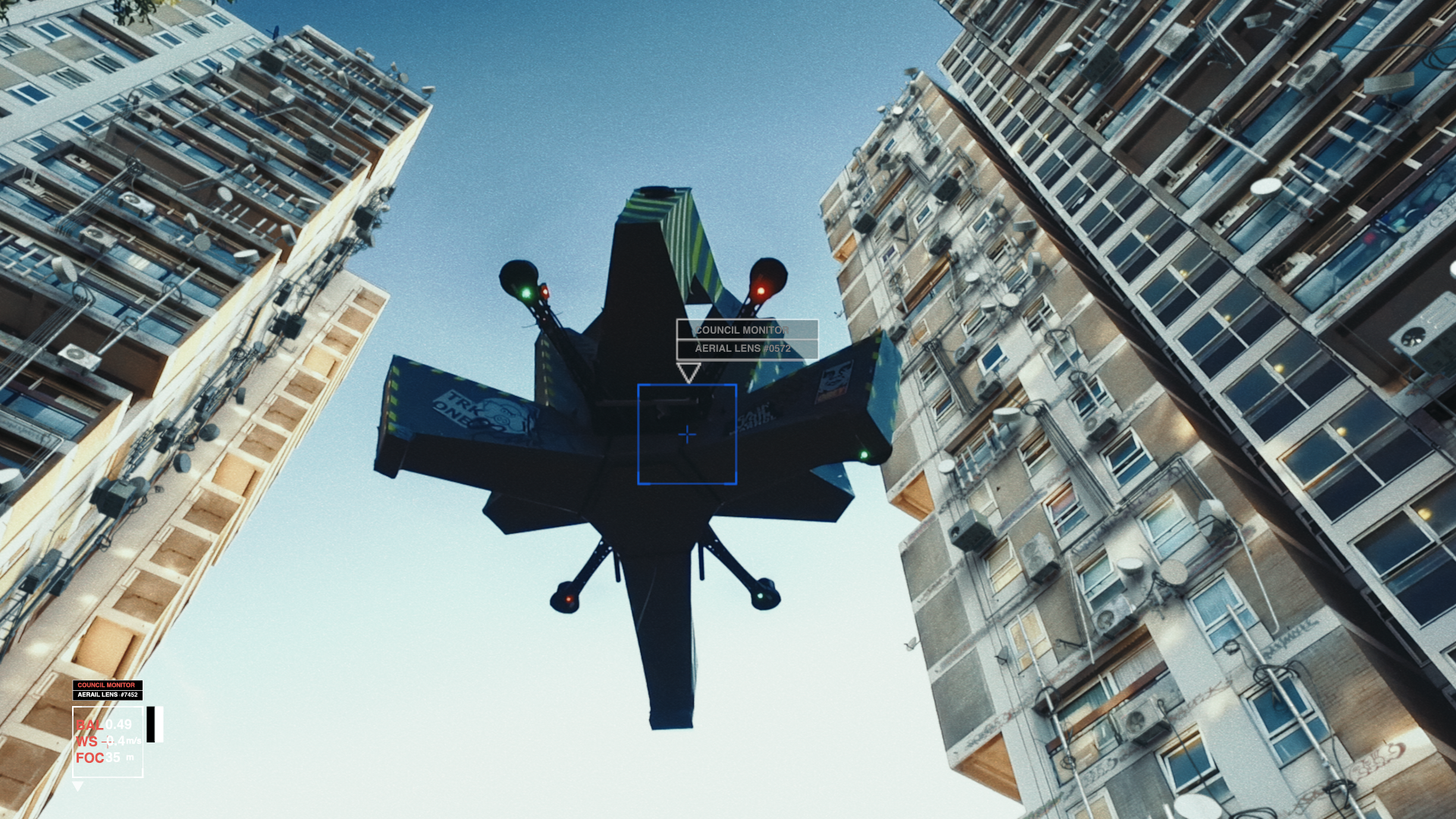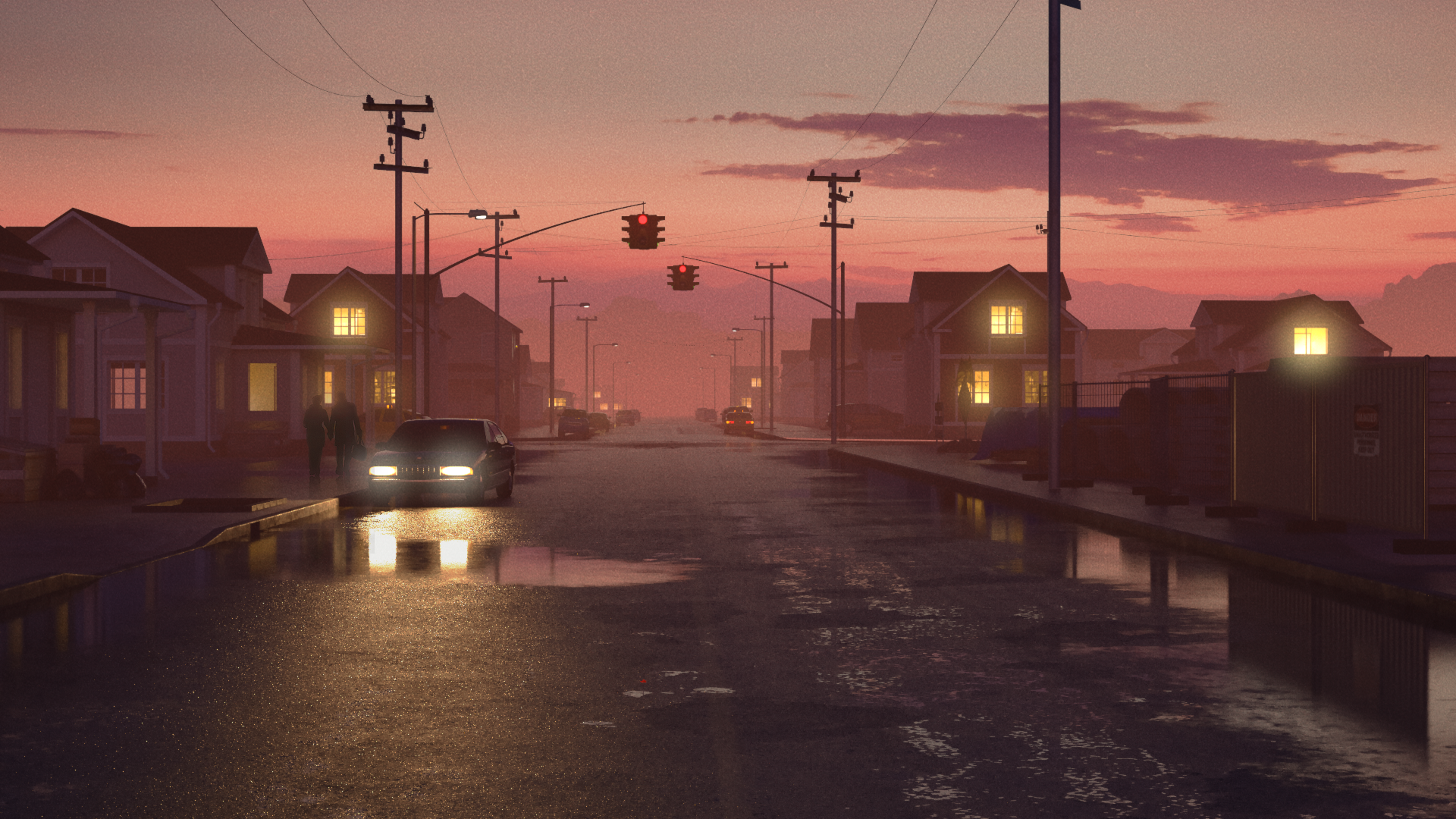Summer Films with SCI-Arc’s Liam Young
The spring semester is finished for students of SCI-Arc, but it has already been a busy summer for EDGE and Fiction and Entertainment Coordinator Liam Young. He has finished a number of films that, similar to the work he organizes for SCI-Arc students in fiction and entertainment design studios, use film as a form of architectural storytelling.
“Like a Trojan horse, we insert architectural ideas into popular mediums from film to video games to documentary, to expose new audiences to architectural and urban discussions.” Young explains. “The idea is that we can parasitically occupy the entertainment industry and explore it as a site to embed and share critical ideas about our city. Some people may be swept up in the discourse around what their cities are becoming, others may take away something more subliminal, while some may not see it at all—but the ideas are still there, and hopefully they leak into general culture in some way.”

New Romance
At the Arthur Ross Architecture Gallery of Columbia University’s Graduate School of Architecture and Planning, (GSAPP), Young showed three new short films in a solo show organized by Irene Sunwoo, Columbia GSAPP director of exhibitions, and Adam Bandler, assistant director of exhibitions. Each film probes the technological implications of architecture and planning’s role in the creation of environments.
Young directed all three films in the exhibition. In the Robot Skies (2016) is the first narrative short film shot entirely by drones with cameras programmed with specific cinematic rules and behaviors. It tells the love story of two teenagers who communicate via a hacked drone from the digital confines of their own council estate tower block in London. Where the City Can’t See (2016) is the first fiction film shot entirely through laser scanning technology, and follows a group of young factory workers through a night out in a driverless taxi. Set in the fictional Detroit Economic Zone (DEZ). The time is a not-too-distant future where Google maps, urban management systems, and CCTV surveillance are mapping, and ruling, our cities. Renderlands (2017), a mixed reality film set in the outsourced video game companies and render farms of India, tells the story of a digital renderer who has fallen in love with one of his animated actor creations. Using VFX movie models and 3D game asset remnants of cancelled production jobs, the main character constructs a dream city for his romantic fantasy, presenting a contemporary utopia of demolished landmarks, drowned streetscapes, alien invasions, and synthetic actors.
Tomorrow’s Stories
In Athens, Greece, Young organized a think tank for science fiction authors, visual artists, directors, photographers and architects to meet and collaborate for three days at the The Diplareios School of the Onassis Cultural Centre. The group, including science fiction writer Bruce Sterling, technologist James Bridle and Guardian tech writer Leigh Alexander, wrote a series of dialogues and short stories following inhabitants of a single apartment building in a future vision of the city, which was then animated into a short film. The camera drifts from room to room; viewers eavesdrop on the lives of future residents and, through their stories, give viewers an idea of what technology such as drones and systems like AirBNB are changing the contemporary urban fabric.
“It’s the idea of trying to use film as a space in which to prototype new cultural responses to emerging technologies, which is something all my students in SCI-Arc programs also aim to do,” Young says. “The role of architects is to tell stories about how cities are changing significantly, and film is a really powerful way to communicate that.”

Learn more about SCI-Arc's Fiction and Entertainment program.


